Before GPS, DEF, and digital dashboards, these trucks pulled hay wagons, hauled feed, and got the job done—day in, day out. Here’s a look at some of the most beloved classic farm trucks that earned their place in the barn and in the history books:
?? Chevrolet Advance Design (1947–1955)
Chevy’s first all-new postwar truck line, the Advance Design series offered bigger cabs, a wider bed, and smoother styling. The popular 5-window cab added better visibility, and engines like the 216 and 235 straight-six were easy to maintain on the farm. These trucks were sold in huge numbers—and many are still running today.
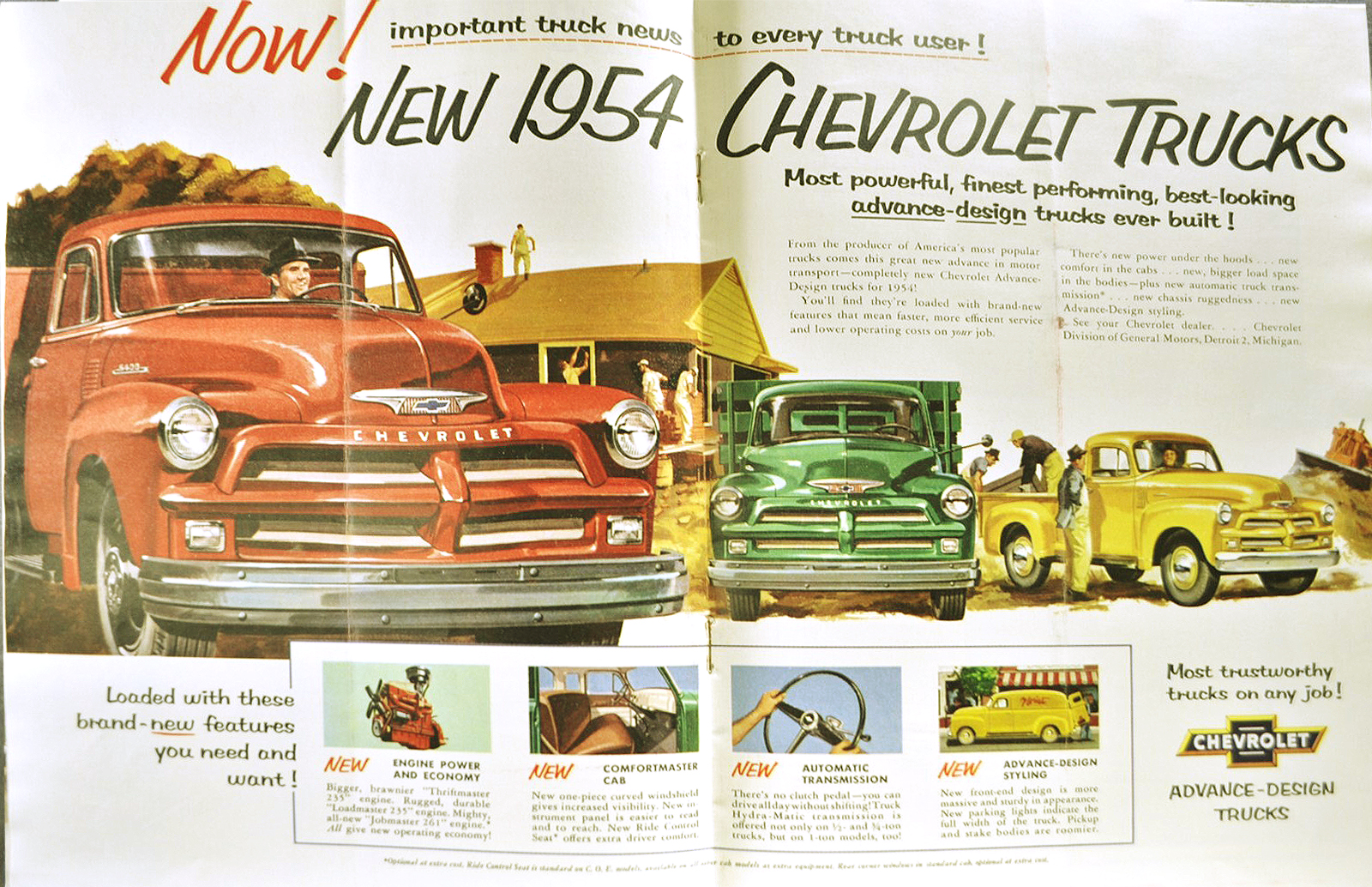
?? Ford F-Series “Bonus Built” (1948–1952)
Introduced in 1948, this was Ford’s move away from car-based pickups to purpose-built trucks. The F-1 (½-ton) through F-8 (heavy commercial) included stronger chassis, flathead V8s or inline sixes, and redesigned cabs with a wider stance. They were built to take a beating on the field or back road.
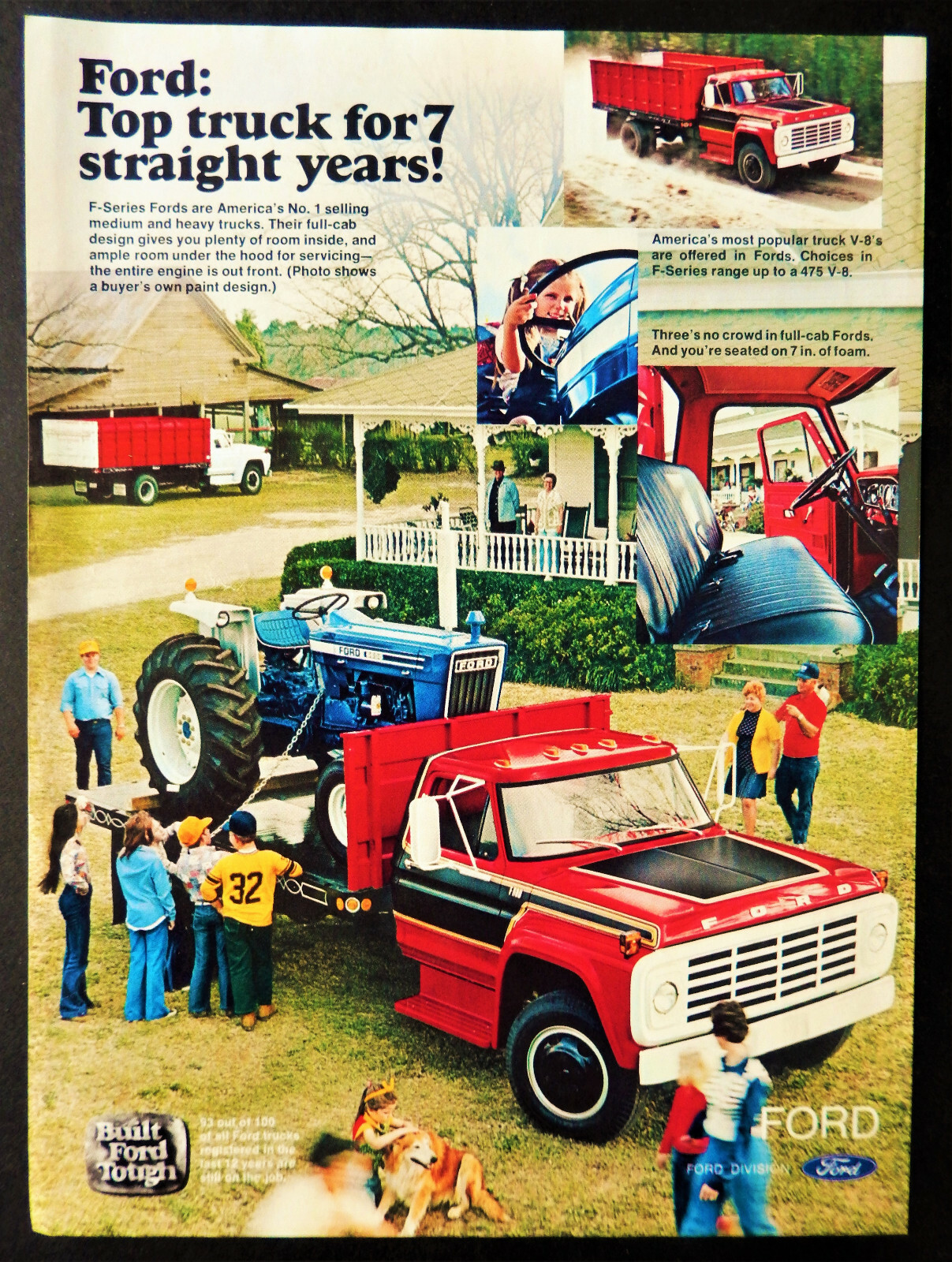
?? Dodge Power Wagon (1946–1968)
Adapted from the military WC series, the Power Wagon brought four-wheel drive and a 230ci flathead six to civilian farmers. These trucks offered PTO options, winches, and rugged frames that made them ideal for remote farm work. They were heavy, slow, and unstoppable—farmers loved them for that.
?? International Harvester L- & R-Series (1950–1955)
IH’s farm truck legacy extended from the field to the road. The L-Series debuted in 1950 with a one-piece windshield and optional “Comfo-Vision” cab, while the R-Series followed in ’53 with refinements. Powered by tough “Silver Diamond” or “Super Blue Diamond” engines, these trucks were built by the same company that made the tractors sitting out in the barn.
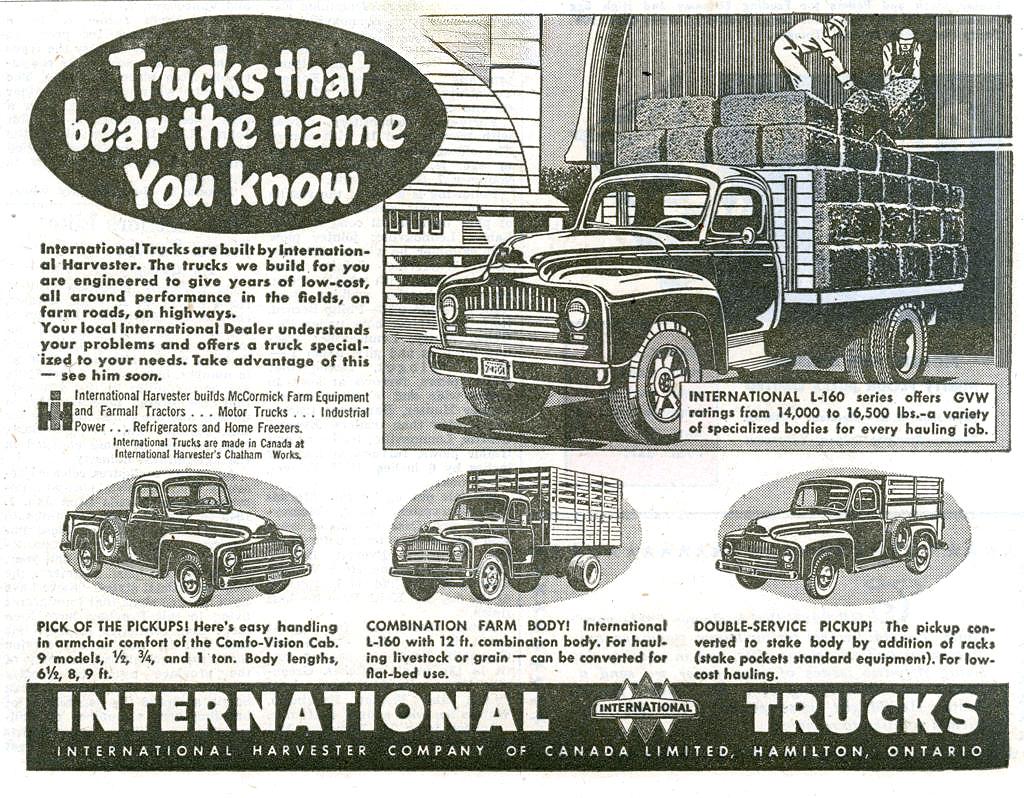
?? Studebaker 2R Series (1949–1953)
Sleek lines and a sloped grille set the 2R apart, but it wasn’t just looks—Studebaker offered innovative features like double-walled cargo beds and optional hill-holder brakes. The 2R5 ½-ton was the most common, often found on small farms and ranches where style met function.
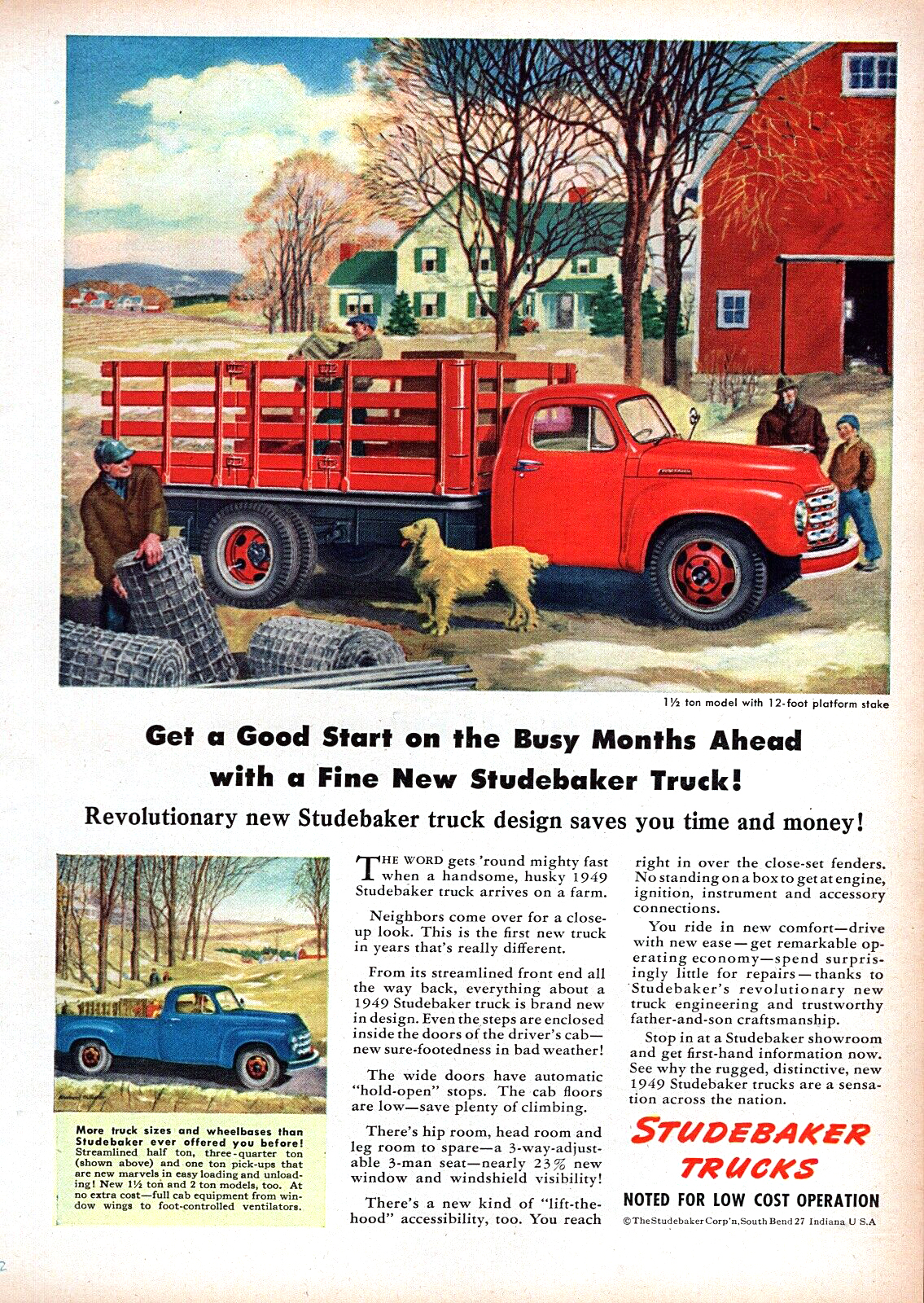
?? GMC New Design (1947–1955)
Sharing its body with the Chevrolet Advance Design, the GMC version often featured larger inline-six engines (like the 228, 248, and 270ci) and heavier-duty frames. GMCs were popular with farmers needing a bit more grunt and could be spec’d out with factory options that pushed them closer to medium-duty territory.
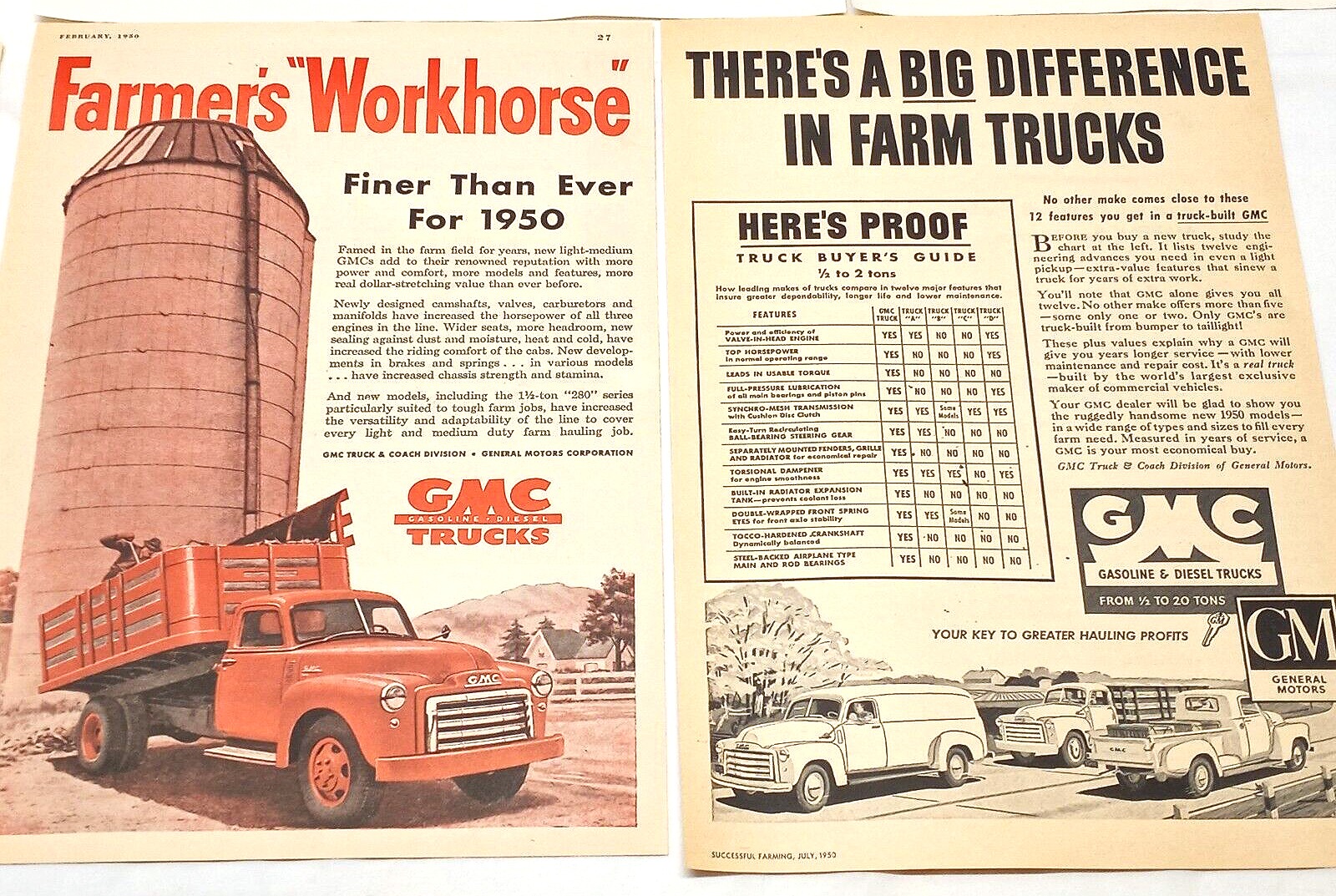
_____
The ATHS is your passport to trucking history.
Join today at www.aths.org/membership/become-a-member/ and get Wheels of Time magazine delivered to your mailbox six times a year. Membership also gives you access to the ATHS Online Library, one of the most comprehensive collections of trucking history anywhere.